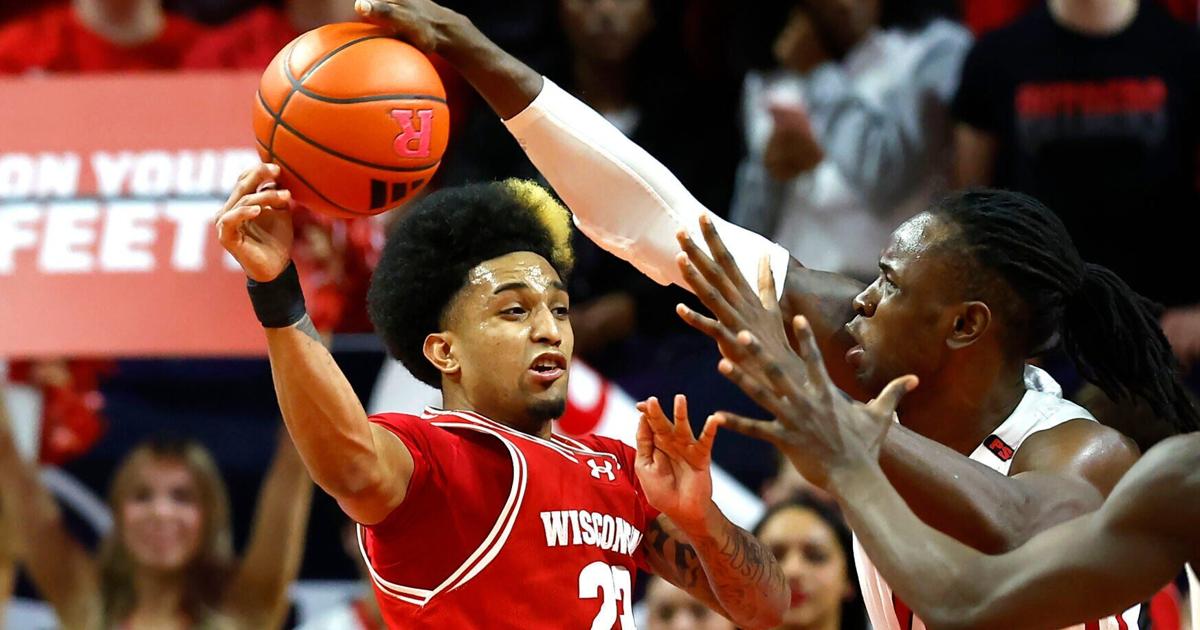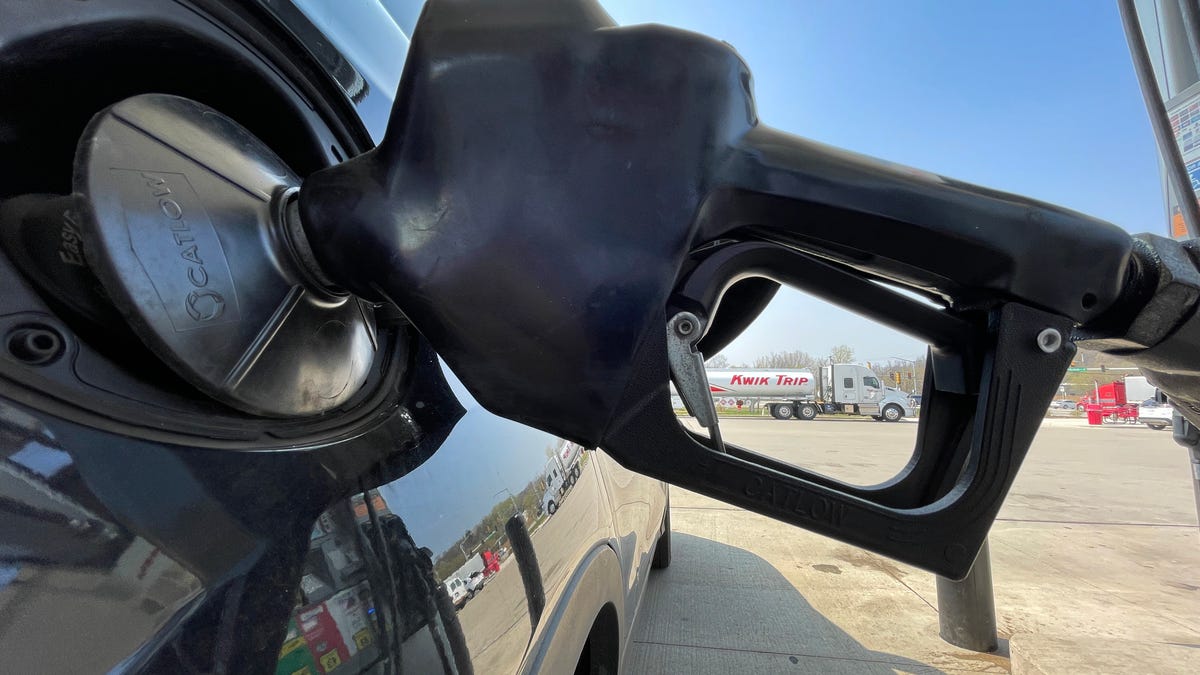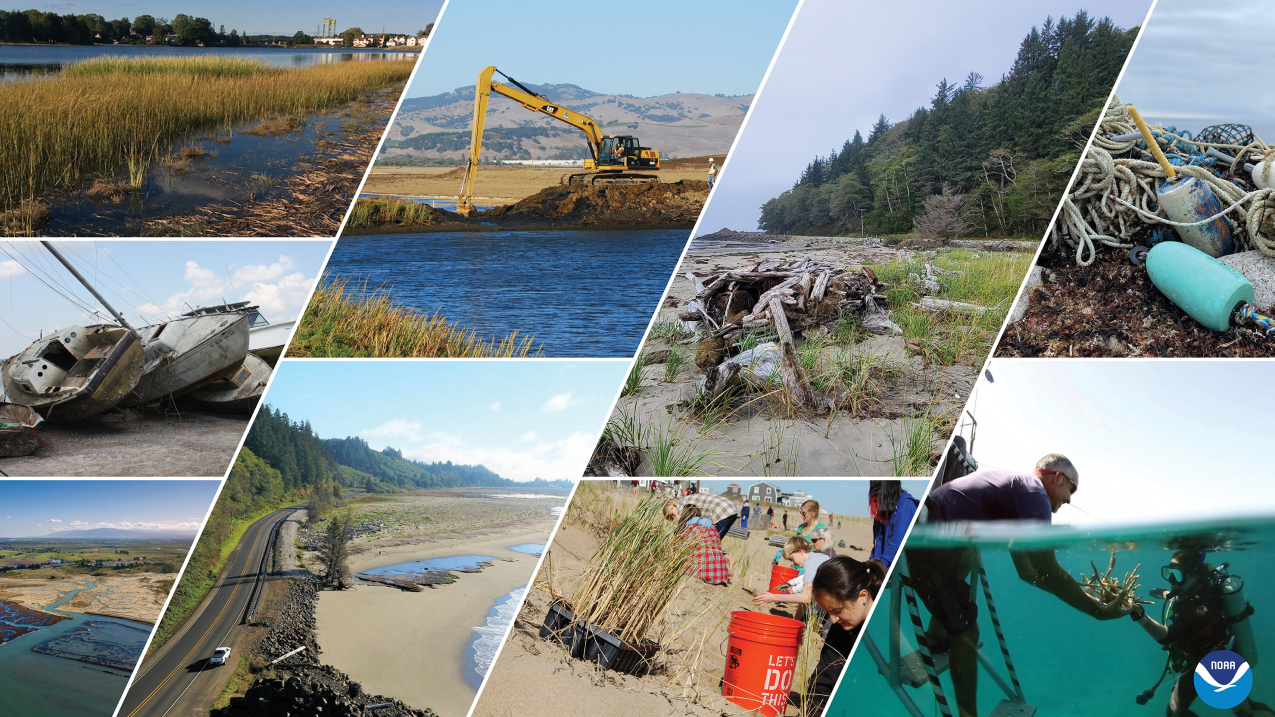PISCATAWAY, N.J. — The reason why the University of Wisconsin men’s basketball team lost its fourth straight for the first time in six seasons was obvious to the Badgers, so despite utter domination for by Rutgers for 40 minutes, after the game they kept on referring back to the first 83 seconds.
“We knew coming into the game they were trying to throw that first punch,” Wisconsin senior forward Steven Crowl said. “They always do every time I played them.”
Polzin: What I liked and didn’t like from No.11 Wisconsin’s loss at Rutgers
Yet it didn’t take long for the Scarlet Knights to run Wisconsin out of the gym. Because, frankly, of late that’s exactly what runs like the 9-0, four Badgers-turnover start by Rutgers in a 78-56 blowout loss at Jersey Mike’s Arena have done.
People are also reading…
A 12-2 first 4 minutes, 8 seconds at Penn State on Jan. 16, a 15-2 second-half run at Nebraska on Feb. 1, a 14-6 run to open the second half against Purdue on Feb. 4, a 10-1 first-half run by Michigan on Wednesday and then another run Saturday; Game changed. Game over. Whatever it is, whenever it comes, Wisconsin (16-8, 8-5 Big Ten) can’t muster a win when it falls into that big a hole.
Saturday, though, was the worst of all of them. Though the Badgers couldn’t do enough to win in any of those five games (all five of their losses in 2024), Wisconsin had at least shown some ability to claw back when allowing a big run in the first 10 minutes of a half. Elite teams — to win at an elite level — have to do that.
“We’ve had that confidence at times this year, when you’re at home and start good and everyone starts hitting shots and it just continues to roll,” Crowl said. “That’s what happened for them. We didn’t shut it off at all.”
The Badgers completely folded against the Scarlet Knights (13-10, 5-7). It seems like almost a full season ago that Wisconsin did the opposite, coming back from 15-4 deficit and 1-of-12 start on its field goals in a 69-61 win over SMU to win the Fort Myers Tip-Off on Nov. 22, 2023 that sparked Wisconsin’s season turnaround.
Months later, a new low for Wisconsin came within a game where it seemed hopeless and confused against the utter domination of the 12th-ranked team in the Big Ten fresh off a loss against the last-place team in the conference (the Wolverines) Wednesday — all because it hasn’t been able to respond when teams strike big. And for that reason, No. 11 Wisconsin’s season that seemed destined to end as a top seed in the NCAA Tournament has entered a critical stage to salvage that.
Wisconsin guard Chucky Hepburn drives to the basket against Rutgers center Clifford Omoruyi during the second half Saturday in Piscataway, N.J.
It’s not like Wisconsin didn’t know that Rutgers would pressure them. Wisconsin coach Greg Gard said the team had practiced the press break each of the last two days leading up to Saturday’s loss. Yet for some reason, point guard Chucky Hepburn got caught for a rare 10-second violation, players didn’t come to the ball to help the inbounder and players who have spent next to no time handling the ball in the backcourt were the best options the Badgers can get open to push past the mid-court line.
“We worked on it,” Essegian said. “I feel like we’ve usually been pretty good with pressure. I don’t know why we weren’t real good today.”
At one point of the first half, Hepburn was locked up as graduate forward Tyler Wahl looked to inbound the ball following a made basket by the Scarlet Knights. With the five-second count ticking, Wahl had no choice but to throw the ball in with Rutgers’ Mawot Mag easily stealing the errant pass away at the 8:33 mark of the first half. Yet a miss by Mag and rebound by Wahl, who finally had a seam to take it up the court, was perhaps the Badgers’ only chance amid a moment of total discombobulation.
3 things that stood out from Wisconsin men’s basketball’s loss at Rutgers
Wisconsin turned the ball over 11 times in the first half. That’s compared to just one in the second half. But erratic play like that from an opponent, as well as an early advantage on the scoreboard, has an effect on teams as it did on Rutgers.
“And then the basket starts to look extremely big,” Gard said.
Gard said after the game that the 3-point defense was “the least of the problems today” after Rutgers hit 10 3s on 58.8% shooting from deep. He also said after Wednesday’s loss that the reason for the Badgers’ losing streak wasn’t due to phycological factors, just mistakes that it needs to correct and still hasn’t.
‘Just try it’: An NBA approach to nutrition transforms Wisconsin men’s basketball players
But Crowl admitted after the game that when teams gain the type of momentum that they do early in games or halves — especially on their home floor — the mental aspect of fighting back into a game is highlighted more. Wisconsin shot 32.8% from the field and 23.8% from 3 in a season-low offensive output.
“When you give them confidence like that, it kind of takes away your confidence almost,” Crowl said. “We’ve got to be more mentally tough than that.”
Crowl said he hasn’t seen any anxiety on the court. He echoed what Wahl said following the Michigan loss that a season that will always have ups and downs is simply in a down. The message, while repetitive, has recent history to back it up. Yet 2018 is the last year that a down stretch has led to four straight losses, not even among six losses in seven games early in the conference schedule last season.
Predictable issues pop up in Wisconsin men’s basketball’s loss to Big Ten’s worst team
For some of their season lows to be sparked by such a short stretch at the start of the game, as Wisconsin said following the game, is troubling for a team that has at times considered itself among the elites in the country. For that, he Badgers have shown across their losing streak they’re more vulnerable than previously thought.
All it has taken to throw them off entirely is something all teams — including Wisconsin — expect: A run.
“We got to get better at a lot of things,” Crowl said, “and a lot of that goes into making those comebacks.”













/cdn.vox-cdn.com/uploads/chorus_asset/file/25547838/YAKZA_3840_2160_A_Elogo.jpg)


















